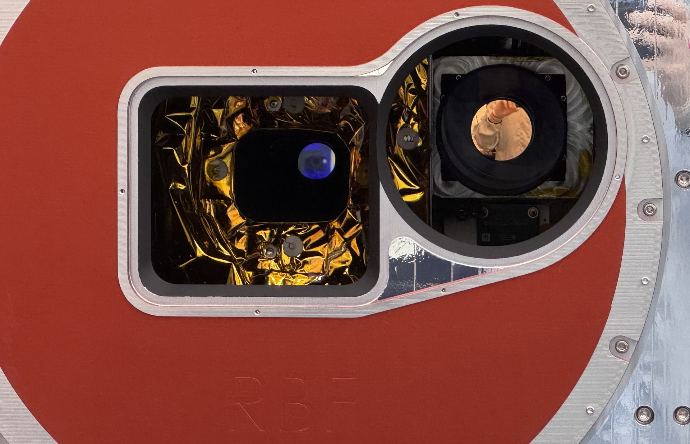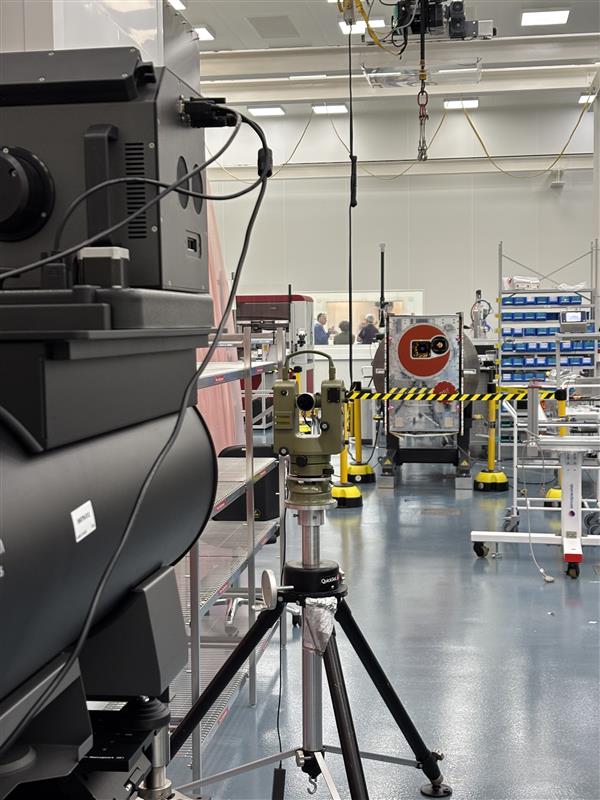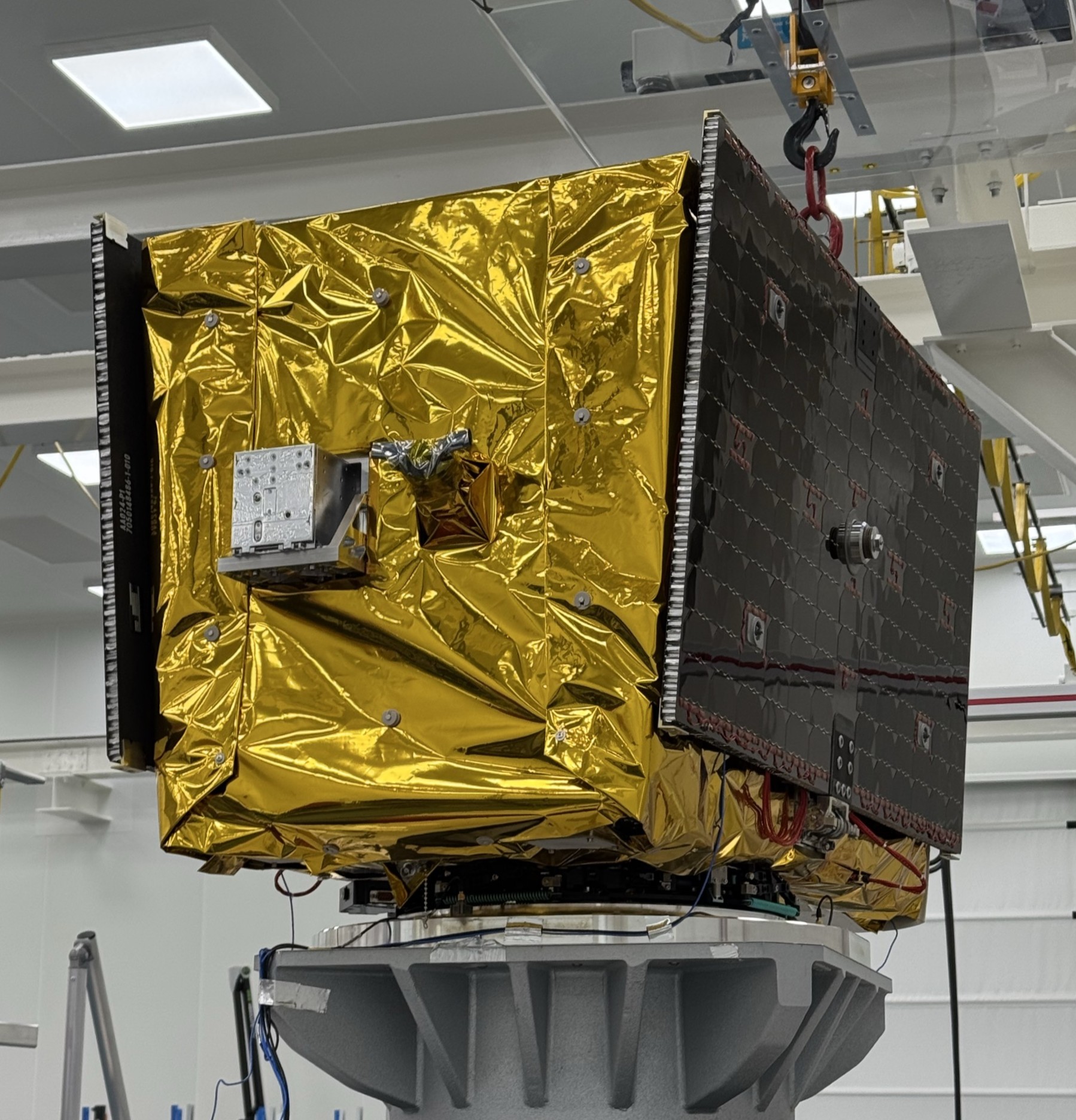READY FOR LAUNCH INTEGRATION
— 30 July 2025 —
At Aerospacelab, we believe that building on a set of flight-proven satellite platforms is the key to propelling new applications and delivering key capabilities with speed and performance — and our next mission, IPERLITE, is a bold step in that direction.
Once again, the versatility of our VSP-150 platform takes center stage, this time enabling the seamless integration of a hyperspectral payload crafted by our colleagues at AMOS — a collaboration that opens new horizons for European Earth Observation.
Introducing NAHLA
Meet NAHLA: the dedicated satellite at the heart of the IPERLITE mission.
Developed in close partnership with the Flemish Institute for Technological Research (VITO) with the support of the European Space Agency (ESA), it is an ode to Belgium’s innovation ecosystem envisioned by BELSPO.

The main payload, CSIMBA is a challenge that required the optical expertise of AMOS to join force with IMEC, Deltatec and Spacebel to deliver the CSIMBA (Compact Smartspectral Imager for Monitoring Bio-agricultural Areas) hyperspectral imager, enabling new opportunities for monitoring bio-agricultural activities.
A Smarter Service Model
IPERLITE also marks a shift in how we deliver value at Aerospacelab.
Operating under a Mission-as-a-Service model, this mission, where Aerospacelab operates space and ground segment, focuses on the delivery of the requested imagery to the user segment, operated by VITO.
This enables streamlined development and the focus on quality product delivery, which is tracked through an established set of key performance indicators.

And the tech?
The CSIMBA payload packs 150 spectral bands, a 20-meter resolution over an 80 km swath — unlocking ground-level spectral detail to drive smarter environmental insights.
The Versatile Satellite Platform is Aerospacelab’s flagship product and a cornerstone of its growth since its first successful deployment in 2023. Designed and manufactured for Low Earth Orbit missions, its key feature resides in its flexibility which further enables a wide range of missions currently flying payloads for Earth Observation in the realms of:
- An Optical Very High-Resolution payload with a submeter PAN imager powering the ROSE satellite
- An Optical Multispectral payload integrated in the SPIP satellite
- Radio Frequency Sensing payloads operating inside the Castor Seniors trio of satellites.

Those missions are supporting Europe’s Earth Observation R&D campaigns, as the SPIP and Castor Seniors satellites are currently participating in the Copernicus Contributing Mission program.
The set of potential applications goes beyond Earth Observation as, more recently, our VSP capabilities were leveraged to support PNT (Position, Navigation and Time) applications, with the recent launch of Xona Space Systems’ first Pulsar mission, which just finalized its commissioning, a little bit more than one year after the project kick-off.
The NAHLA satellite is set to launch from Vandenberg Space Force Base on the Transporter-15 mission aboard SpaceX’s Falcon 9 via Exolaunch rideshare.
From our cleanroom to orbit.
IPERLITE shows what Europe can do when collaboration meets ambition.